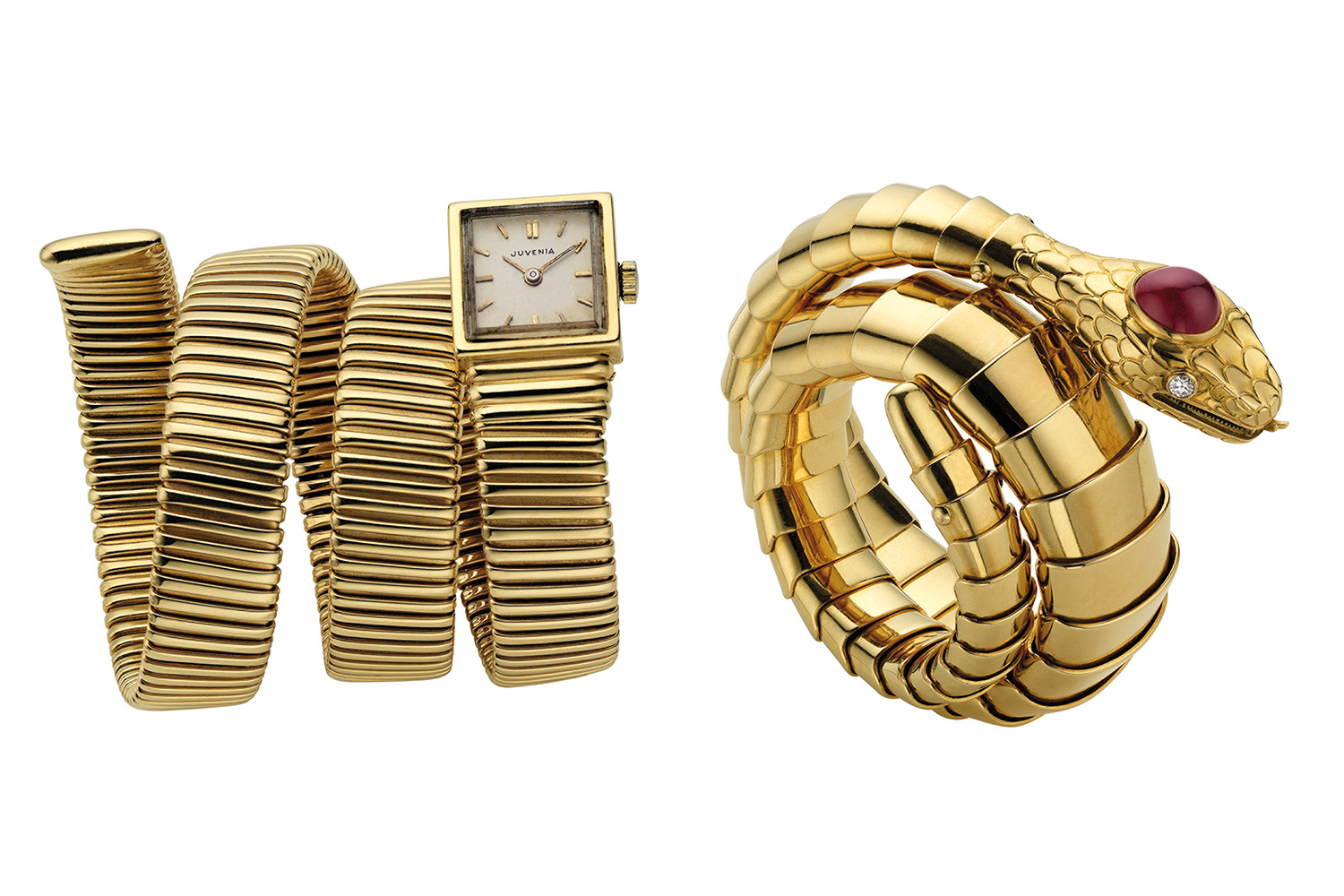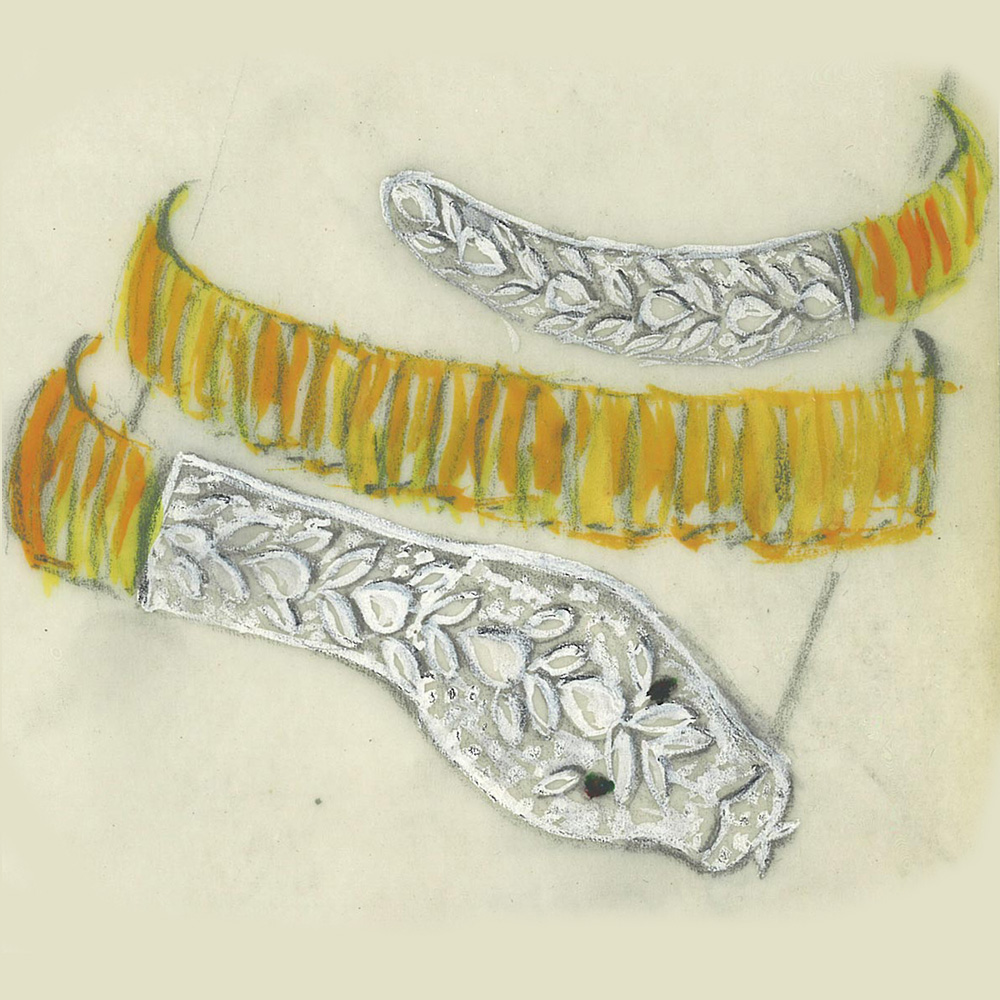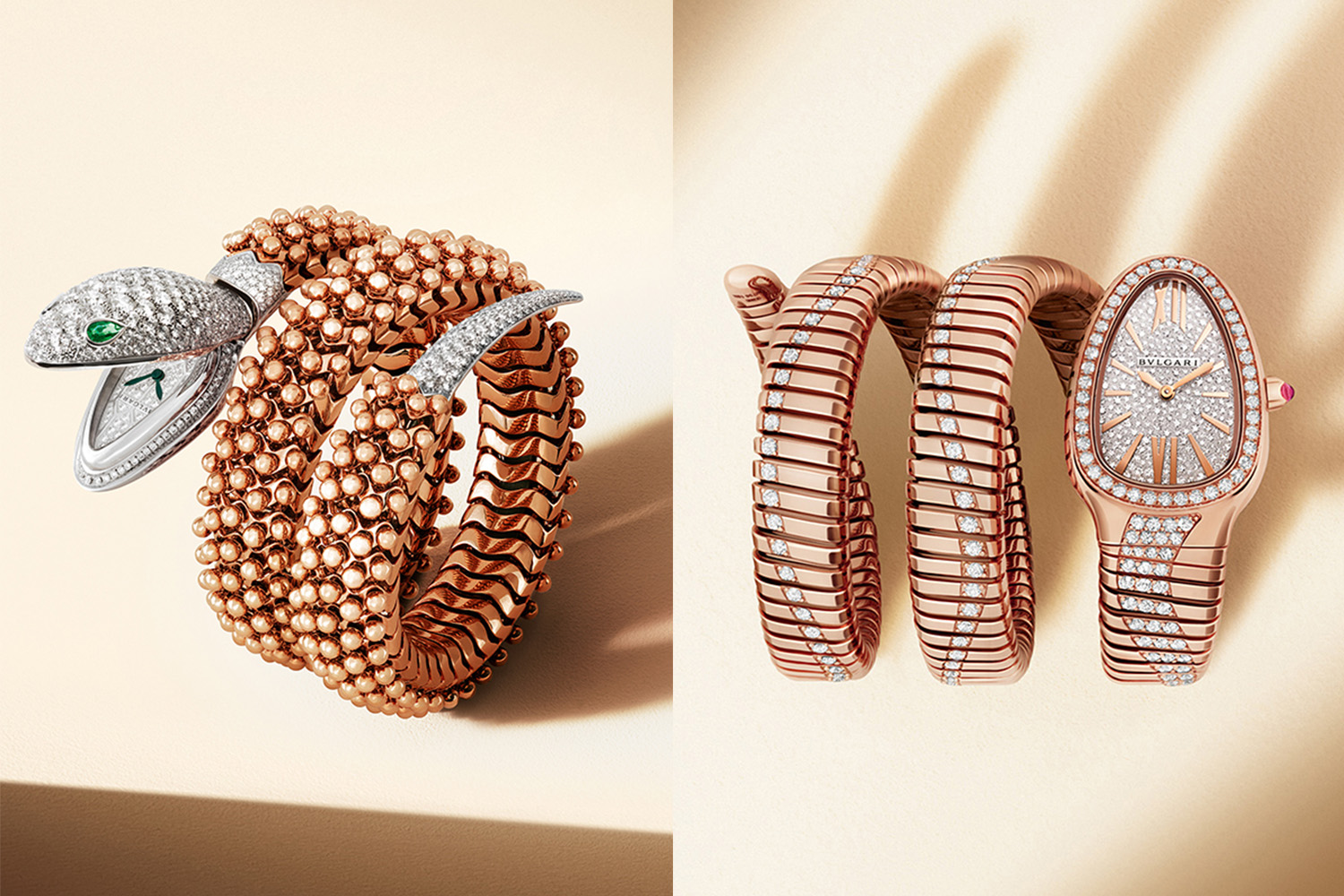When it comes to jewellery specifically, these iconic collections become mainstay accessories that not only garner its own fanbase, but often make waves and lead trends that change the entire fashion industry. This is Eternal Icons, our new series where we take look at the history behind these iconic collections.
We’re starting off the series with a relevant one as we’re set to welcome the Year of the Snake this month – the Bulgari Serpenti, an icon of the Rome-based fashion house for more than 75 years.
There’s no other motif more recognisable in Bulgari’s extensive history of design than that of the Serpenti, the snake. Though it was first introduced as a jewellery watch, today the Serpenti has slithered its way across all the house’s product ranges, including in its leather goods and accessories.

The snake as a symbol has an ancient history in humanity’s stories, treated with reverence in civilisations across the East and West sides of the Earth. The snake is linked to medicine by its connection to the Greek god Asclepius, to the ancient Egyptians through Cleopatra who was said to wear jewellery carrying its motif. And more relevant to Bulgari’s history, the Romans believed the snake to represent rebirth, healing, fertility, and prosperity.
The Bulgari Serpenti first hatched in 1948 in the form of a jewellery watch. Due to the economic situation of the time, jewels and gems were especially hard to source, forcing jewellers to focus on creating innovative designs using only metals.
The first Serpenti was made using the Tubogas technique allowing for flexibility of the metal to slip and wrap around the arm. It had a square or rectangular dial and didn’t feature the explicit snake head design that we know today, instead more heavily leaning on the winding Tubogas aesthetic (which became a core Bulgari technique and style too) while implying a snake motif with its long bracelet.

The 1950s is when Bulgari started introducing the case snake-head case shapes and adding diamonds and coloured gems to emulate scales and the snake’s eyes. This decade also saw designs where the watch dial itself was hidden to make way for the snake head design, contained underneath the rounded head thanks to a hinge. This in turn led to the evolution of the secret watches of the Serpenti collection that would debut in future high jewellery collections.
The Serpenti exploded in popularity thanks to another fashion icon of the 60s: Elizabeth Taylor. During the filming of Cleopatra (1963) in Rome, a shot of Taylor on set with a gem-set secret Serpenti watch wrapped around her wrist took on legendary status. Taylor’s known love for jewellery, popularity, and gossip-fuel scandal with her co-star Richard Burton was at the forefront of pop culture, while tied up to the film’s costumes and myth of Cleopatra herself who was known to wear snake symbols.

In that same decade, Bulgari entered a new wave of creativity with its designs and creations, introducing the enamel Serpenti designs. The use of enamel brought vibrant colour to the snake’s scales aside from the bright shine of coloured gems, while more of the fashion industry embraced the motif of the snake. The snake also debuted in the first jewellery only collections in this decade, spurred by the popularity of the snake as a symbol and fashion aesthetic.
In the 70s and 80s, Bulgari revived the more minimal Tubogas design to match the rising popularity of casual fashion. The house also brought a new evolution to Serpenti by creating a Tubogas bracelet that combined both steel and gold, which proved to be a technical challenge on top of a creative revolution. This bicolour Serpenti design it still produced and coveted today. This era also saw the launch of the Bvlgari Bvlgari Serpenti watch that combined two of the maison’s icons – one animalistic and the other logomanic – into one highly recognisable piece.

Since those first few decades, Bulgari fully solidified its conventions of the Serpenti. The 2000s marked the return of the enamelled scales aesthetic, while geometric designs and sharp edges transformed the snake into something edgier and sharper, as marked in history by the Serpenti Scaglie.
The Serpenti Tubogas collection, solidified into a singular name, was officially released in 2010. A few years later the Serpenti Spiga, weaving (pun intended) a stylised design inspired by wheat stalks into the serpentine motif, was introduced, as Bulgari also added more Serpenti designs in several of its pure jewellery collections.

The Head-over-Tail design, a staple seen in most of Bulgari’s Serpenti necklaces, where the snake’s head sits over the tail as it wraps around the neck, started being introduced into bracelets and watches in the mid-2010s.
The Serpenti Viper jewellery collection, launched in 2022, brought a new minimal design to the snake, debuting clean and sleek bracelets, rings and necklaces that presents the animal in a single material, and its scales in pure geometric design. This was a perfect everyday choice for those who want to keep the serpent close to them, no matter the outfit or occasion.

In 2023, the Serpenti celebrated its 75th anniversary, and 75 years of empowering the brand and the women who wear it through its symbol of transformation, strength, wisdom and power. And with the way the Serpenti has inspired decades of fashion tastes and trends, we’re sure that there are only more decades to come.
Looking for more watches and jewellery stories? Head here.
Photos: Bulgari









